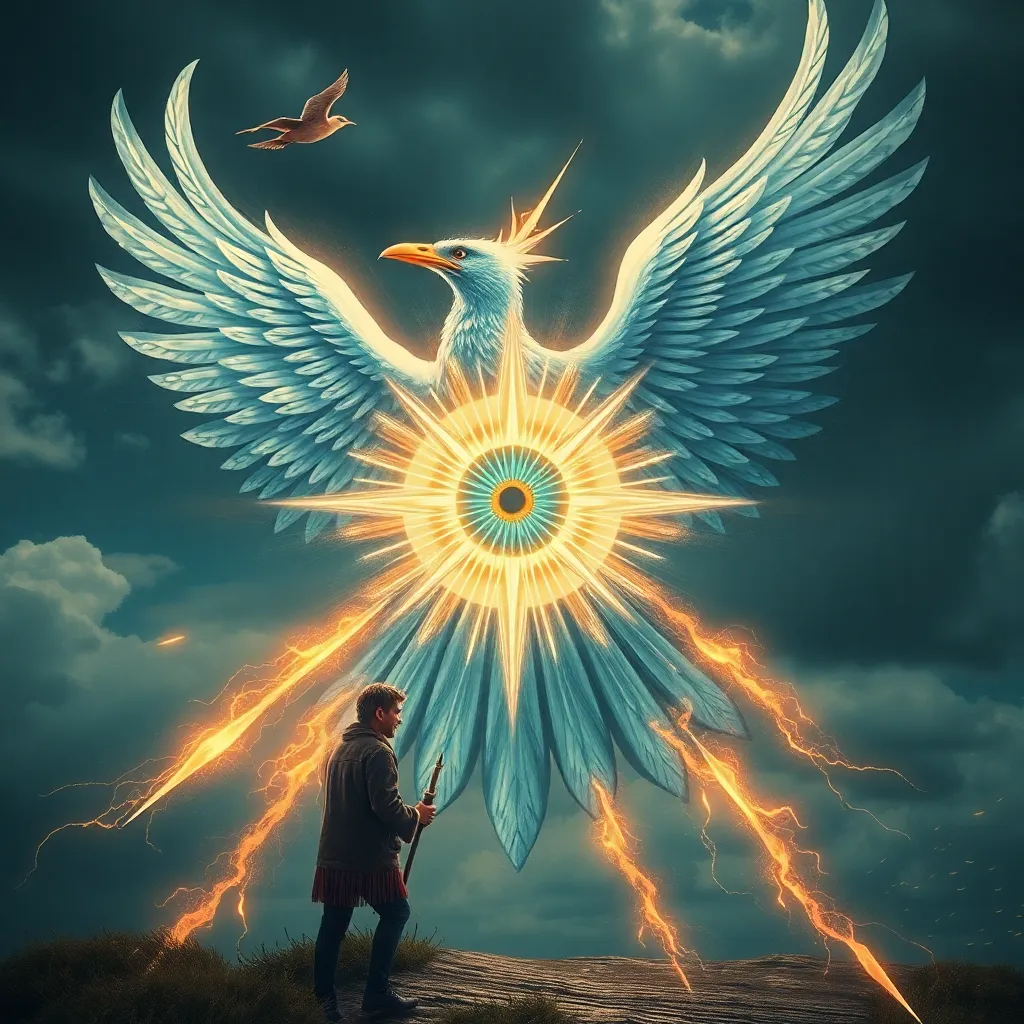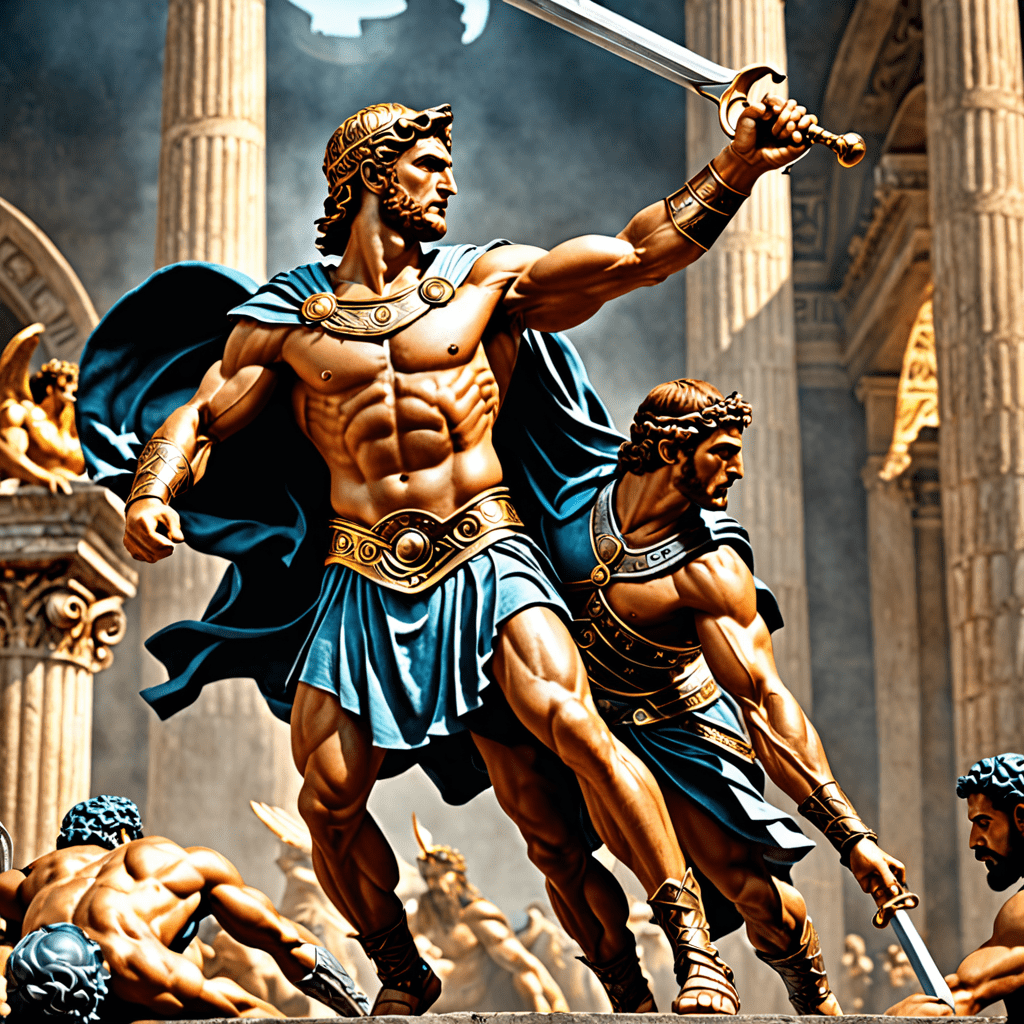The Enchanting Realm of Thai Mythical Beasts
Thailand, a land steeped in ancient traditions and vibrant culture, is home to a fascinating array of mythical creatures. These legendary beings, woven into the fabric of Thai folklore, play a significant role in the country's history, religion, and artistic expressions. From fearsome guardians to benevolent deities, these mythical beasts offer a glimpse into the rich and imaginative world of Thai mythology.
Thailand's mythical creatures are more than just fantastical beings; they are embodiments of cultural beliefs, values, and aspirations. These creatures are often depicted in temples, shrines, sculptures, and traditional art, serving as visual reminders of the deep spiritual connection that exists between the natural world, the divine, and human existence. Each creature possesses unique characteristics and symbolism, representing concepts like strength, wisdom, transformation, and protection.
From Folklore to Faith: The Role of Mythical Creatures in Thai Culture
The influence of Thai mythical beasts extends far beyond folklore; they hold a prominent place in the country's religious and spiritual beliefs. Some creatures, like the Naga, a serpent deity, are directly intertwined with Buddhist mythology, while others, like the Singha, a mythical lion, are adopted into various religious traditions. These beings are venerated as protectors, guardians, and symbols of power and auspiciousness.
The presence of mythical creatures in Thai culture is evident in various aspects of daily life. From intricate temple decorations to traditional dance performances, these creatures are constantly invoked, reminding people of the enduring power of myth and legend. The stories surrounding these beings provide valuable lessons about morality, ethics, and the importance of respecting the natural world. Their presence in contemporary society reflects the deep-rooted cultural significance that these creatures continue to hold.
Guardians of the Sacred: The Significance of Mythical Beasts in Temples and Shrines
The presence of mythical creatures in temples and shrines underscores their role as guardians of sacred spaces. These creatures, often depicted in intricate carvings and statues, are believed to protect the temples from evil forces and promote spiritual harmony. Their watchful presence creates an atmosphere of reverence and awe, reminding visitors of the power of the divine and the importance of seeking spiritual guidance.
The mythical beasts found in temples often symbolize specific aspects of Buddhist teachings. For instance, the Garuda, a mythical bird, represents strength, wisdom, and liberation from the cycle of rebirth. The Naga, a serpent deity, is associated with wealth, prosperity, and the power of the natural world. By incorporating these symbolic creatures into their sacred architecture, Thais express a deep reverence for their mythological heritage and a belief in the power of these beings to safeguard spiritual sanctuaries.
The Serpent King: The Legend of Naga and its Influence on Thai Mythology
The Naga, a serpent deity with a human-like upper body, plays a pivotal role in Thai mythology and Buddhism. The Naga's origins can be traced back to ancient Hindu traditions, where they are associated with water, rain, and the underworld. In Thai mythology, the Naga is revered as a powerful and benevolent being, often depicted as guardians of temples, protectors of the land, and even ancestors of the Thai people.
The Naga's influence is evident in various aspects of Thai culture, including architecture, art, and literature. The iconic Wat Rong Khun (White Temple) in Chiang Rai features intricate Naga carvings adorning its exterior, while traditional dance performances often incorporate Naga movements, symbolizing grace, fluidity, and the power of nature. The legend of the Naga continues to inspire stories, poems, and artwork, reminding people of the connection between the spiritual realm and the natural world.
The Fierce and Fearsome: The Mythical Lion, Singha, and its Symbolism
The Singha, a mythical lion borrowed from Indian mythology, is a prominent figure in Thai art and architecture. Unlike the real lion, the Singha is depicted with a more exaggerated and fearsome appearance, often with a fierce expression, sharp teeth, and a majestic mane. This powerful creature serves as a symbol of strength, courage, and protection, warding off evil and guarding important places.
The Singha's presence is widespread throughout Thailand, adorning temple entrances, palace gates, and even public buildings. Its powerful and intimidating presence is believed to deter evil spirits and protect those within. The Singha's symbolism also extends beyond its protective role, representing royalty, prosperity, and the unwavering spirit of the Thai people.
The Sky-Bound Garuda: A Tale of Strength, Wisdom, and Transformation
The Garuda, a mythical bird with a human-like upper body, is a prominent figure in both Hindu and Buddhist mythology, including Thai folklore. This magnificent creature is depicted as having a golden body, a fierce beak, sharp claws, and wings that can span the sky. The Garuda is considered the king of birds and is known for its immense strength, wisdom, and ability to transform.
The Garuda's role in Thai mythology is multifaceted. It is often depicted as a protector of the righteous, a vanquisher of evil, and an embodiment of liberation. In Buddhist teachings, the Garuda represents the potential for spiritual transformation and overcoming worldly desires. It symbolizes the triumph of good over evil, the journey from darkness to light, and the power of unwavering determination. The Garuda's story is often used to illustrate the importance of overcoming obstacles and achieving enlightenment.
Creatures of the Underworld: Exploring the Realm of Ghosts and Demons in Thai Mythology
Thai mythology, like many cultures, includes a realm of spirits, ghosts, and demons that inhabit the underworld and the unseen world. Some of these creatures are benevolent, while others are malevolent, and their interactions with humans are often depicted in folktales and legends. These beings are often associated with natural phenomena, human emotions, and the consequences of actions.
One of the most iconic figures in the Thai underworld is the Phra Yai, the "Great Male," who is often portrayed as a powerful spirit associated with the Earth. The Kra Sue, a female ghost believed to be a restless spirit that roams at night, is another significant figure in Thai mythology. These creatures represent both the beauty and danger of the unseen world, reminding people of the importance of respecting the spiritual realm and living a virtuous life.
Mythological Beasts as Protectors: Their Role in warding off Evil and Promoting Harmony
Many of the mythical beasts in Thai mythology are revered as protectors, guardians, and warders against evil forces. Their presence is believed to bring peace, harmony, and prosperity. These creatures are often depicted in temples, shrines, and homes, serving as vigilant watchmen against malevolent spirits and malevolent intentions.
The Singha, for instance, is believed to protect the entrances of temples and palaces, keeping evil spirits at bay. The Garuda is also known for its protective abilities, soaring through the heavens and battling evil forces. The presence of these mythical creatures provides a sense of security and reassurance, reminding people that there are powerful forces working to maintain order and balance in the world.
Theories on the Origins of Thai Mythical Beasts: Cultural Influences and Ancient Beliefs
The origins of Thai mythical beasts are complex and multifaceted, reflecting a blend of cultural influences and ancient beliefs. The Naga, for example, has roots in ancient Hindu mythology, where it is associated with water, fertility, and the underworld. The Singha, a mythical lion, was likely adopted from Indian mythology and adapted to Thai culture.
These mythical creatures are also influenced by animistic beliefs, where spirits are believed to inhabit the natural world. The Garuda, for instance, is often associated with birds and represents the power of the sky. The presence of these mythical creatures reflects the interconnectedness between the natural world, the spiritual realm, and human existence, underscoring the deep cultural and spiritual roots of Thai mythology.
The Enduring Power of Myth: Unraveling the Timeless Appeal of Thai Mythical Beasts
Thai mythical creatures, despite their fantastical nature, hold a powerful and enduring appeal. They offer a glimpse into the cultural values, beliefs, and aspirations of the Thai people, providing insight into the deep connection between the natural world, spirituality, and human existence. These creatures are not merely stories or legends; they are living embodiments of cultural identity, reminding people of the power of myth and imagination.
The enduring appeal of Thai mythical creatures lies in their ability to spark wonder, inspire imagination, and offer timeless lessons about life, morality, and spiritual growth. They continue to be a source of fascination and inspiration, reminding people of the richness and beauty of Thai culture and the enduring power of myth.
FAQ
Q: What is the most common mythical creature in Thai culture?
A: The Naga, a serpent deity, is one of the most prevalent mythical creatures in Thai culture.
Q: How do Thai mythical creatures influence daily life?
**A: ** They are often depicted in art, architecture, literature, and dance, reminding people of their cultural heritage and spiritual beliefs.
Q: What are the main themes explored in Thai mythology?
A: Themes such as strength, wisdom, protection, transformation, and the connection between the natural world and the spiritual realm are often explored in Thai mythology.
Q: What is the significance of mythical creatures in temples and shrines?
A: They are believed to protect these sacred spaces from evil forces and promote spiritual harmony.
Q: How does Thai mythology reflect the culture and values of the Thai people?
A: Thai mythology reflects the deep connection between the Thai people, their culture, and their beliefs in the spiritual realm. They showcase the importance of respect for nature, virtue, and spiritual growth.



